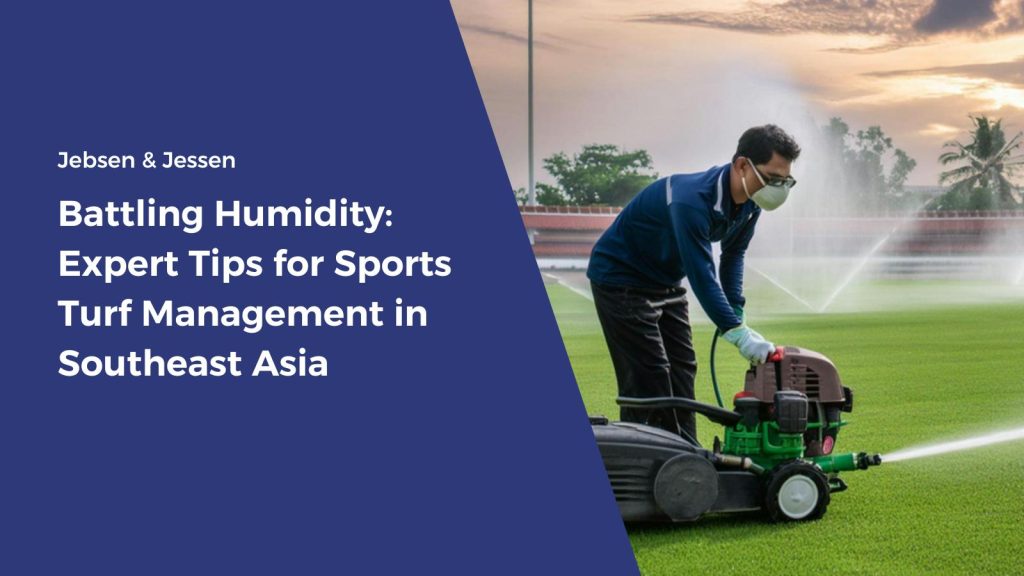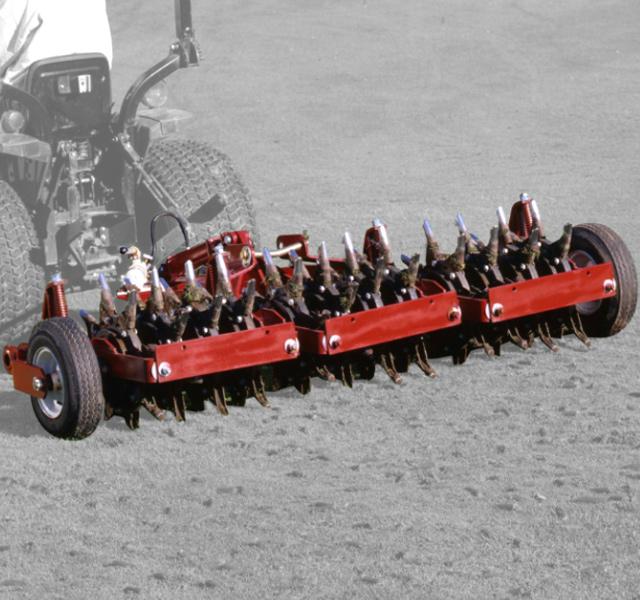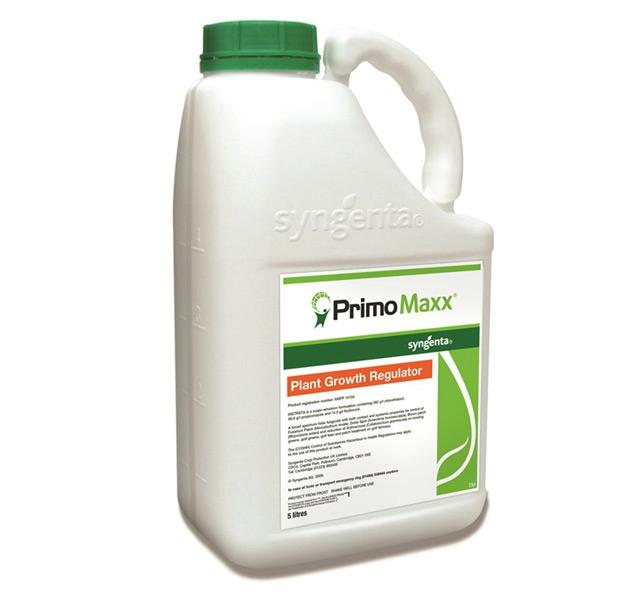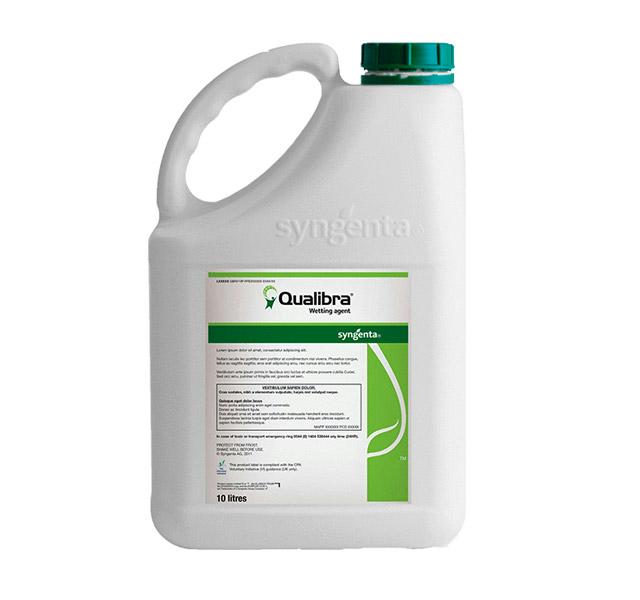Battling Humidity: Expert Tips for Sports Turf Management in Southeast Asia
Maintaining lush, durable athletic fields in Southeast Asia’s hot, humid climate poses unique challenges for groundskeepers and turf managers. With average temperatures of 80°F and rainfall exceeding 80 inches per year across much of the region, excessive moisture and fungal diseases can quickly damage playing surfaces. At the same time, intense sunlight and regular use subject turfgrass to significant wear and tear.
Implementing best practices for sports turf management tailored to humid environments is essential for preventing problems and keeping fields safe and playable all year long. This article outlines key strategies Southeast Asian turf professionals should follow to care for athletic fields despite the climate. Continue reading for research-backed tips on selecting suitable grass varieties, aerating soil properly, regulating growth patterns, and more. With proactive maintenance optimized for local conditions, your sports turf can thrive through monsoon seasons and year-round play.
Choosing the Right Grass
The foundation of stellar sports turf management is choosing a grass variety capable of withstanding high heat, humidity, traffic, and disease pressure. When selecting seed, consider the following factors:
- Heat tolerance: Varieties like bermudagrass, zoysiagrass, and seashore paspalum tolerate temperatures up to 95°F. Avoid ryegrass and tall fescue, which decline above 80°F.
- Shade tolerance: Grasses suited for partial shade, like manilagrass, prevent thinning under stadium overhangs or trees bordering fields.
- Disease resistance: Fungus-prone ryegrass and bentgrass should be avoided. Bermudagrass and paspalum feature high resistance.
- Wear tolerance: Use wear-resistant cultivars of bermudagrass, zoysia, or paspalum on high-traffic areas like sidelines and goal mouths.
- Salinity tolerance: Varieties capable of thriving despite salt exposure from coastline winds or brackish irrigation include bermudagrass, paspalum, and manilagrass
Proper Aeration for Healthy Soil
Aerating alleviates soil compaction from heavy athletic use, a prevalent issue in humid environments where frequent rain keeps the ground moist. Aeration improves:
- Drainage: Punching holes in the surface provides outlets for excess moisture to escape.
- Oxygen circulation: Openings allow air into the root zone for healthier roots.
- Nutrient absorption: Penetrating compacted layers helps grass access nutrients deeper in the soil.
Use a mechanized core aerator like the Turf Aerator 686 or 687 to efficiently penetrate large field areas, with adjustable operating speeds from 1-10 mph. For the heaviest compaction, adding rear weight kits enhances soil penetration. Avoid aggressive verticutting, which damages turf. Instead, focus on light vertical mowing integrated with routine core aeration.
Optimizing Growth Cycles
Humid conditions spur fast turfgrass growth, necessitating frequent mowing that stresses the grass and generates huge clippings volume. Growth regulating agents like Syngenta Primo Maxx produce shorter verdant turf with less input. Primo Maxx reduces vertical growth by moderating gibberellic acid production, so mowing frequency drops up to 50%. Denser lateral growth offers resilience to pests, disease, heat, and traffic. Enhanced turf quality and color persist even at lowered cutting heights.
Strategically time Primo Maxx applications around important sports events when ideal playing conditions are a must. Use lower rates early in growing seasons for gentle regulation. As humidity and temperatures peak, seasonal growth surges can be contained at higher rates. Since Primo Maxx doesn’t affect roots, recovery from traffic damage strengthens. Integrating Primo Maxx into turf maintenance programs prevents overgrowth issues and keeps sports fields tournament-ready.
Integrated Pest Management
Warm, rainy tropical weather produces optimal conditions for pest and disease outbreaks. Utilize integrated pest management (IPM) strategies that combine targeted control products with cultural practices that discourage problems:
- Select disease-resistant grass varieties to avoid major fungal issues.
- Remove dew and leaf wetness every morning via mowing, sweeping, or rolling to deprive fungi of moisture needed to germinate.
- Apply broad-spectrum herbicides like Syngenta Monument Herbicide in preventative low doses rather than waiting to treat full-blown infections.
- Reduce nitrogen fertilization rates to curb excessive growth that’s vulnerable to pests like armyworm caterpillars.
- Spot treat weeds using selective herbicides instead of broadcasting. Hand weeding is useful for minor infestations.
- Monitor for chinch bug outbreaks during hot, dry spells and treat nearby affected areas before bugs spread.
Careful observation, quick response to early signs of trouble, and tailored control practices keep problems localized. Avoid over-applying pesticides on a calendar schedule. Instead, reserve high rate treatments only for significant documented threats. This lowers the risks of resistance developing while minimizing input costs.
Dealing with Heavy Rainfall
During Southeast Asia’s rainy seasons, fields become saturated, causing root decline and surface deterioration. Strategies for managing through monsoon months include:
- Minimize unnecessary foot traffic and equipment on drenched turf to prevent soil compaction and damage.
- Raise mowing heights to encourage deeper rooting capable of withstanding excess moisture.
- Remove excess water actively via pumping or subsurface drainage lines under playing surfaces.
- Reduce fertilizer rates to discourage lush growth prone to disease. Prioritize iron for greener turf without growth surges.
- Reseed worn areas like goal mouths and sidelines to restore coverage before rainy off-seasons. Use tough Bermuda or paspalum varieties.
- Apply sand topdressing to correct surface inconsistencies and smooth uneven areas that hold puddles.
With attentive preemptive care before and during rainy spells, fields remain playable and recover quicker after storms. Drainage improvements provide long-term benefits over multiple wet seasons.
Preparing for High Usage
Heavy athletic events require turfgrass to withstand significant traffic and soil compaction even as humidity weakens root systems. Strategically boost turf vigor in advance:
- Increase nitrogen fertility moderately for 7-10 days preceding big games to carburize and strengthen plant tissues.
- Apply wetting agents like Syngenta Qualibra to drive moisture away from the surface to prevent waterlogging and counter dry patches.
- Reduce mowing heights gradually over 10-14 days rather than drastically right before use to allow turf to adapt.
- Overseed high-wear areas like center field, goal mouths, or sidelines with ryegrass for quick fill-in.
- Ensure irrigation is working properly in case dry weather accompanies major events. Run brief cycles to keep turf just moist without saturation.
With extra preparation, fields remain lush and resilient through tournaments, championships, and special events despite intense athletic usage. Targeted fertility adjustments avoid overstimulating growth during already humid conditions.
Conclusion
Sports turf management in Southeast Asia’s challenging climate demands adapting global best practices using region-specific solutions. From selecting suitable grasses to optimizing growth regulation, drainage, and pest management, proactive maintenance is key to preventing problems before they arise. Leverage the peer-reviewed tips in this article to establish seasonal regimes that reduce unexpected turf issues. With research-supported maintenance fine-tuned for local conditions, your sports fields will stay safe, resilient, and tournament-ready year-round.





